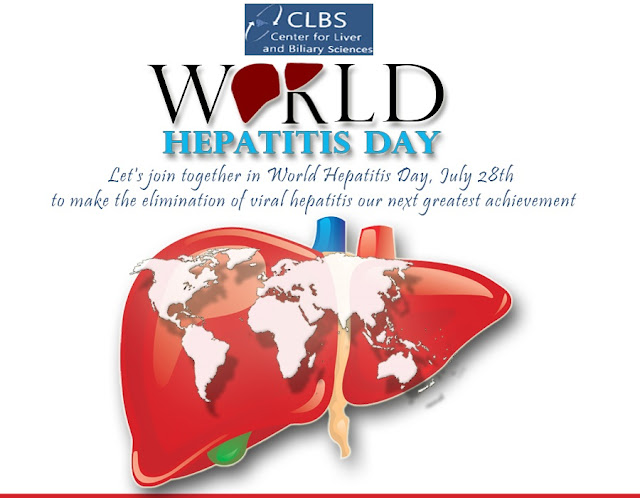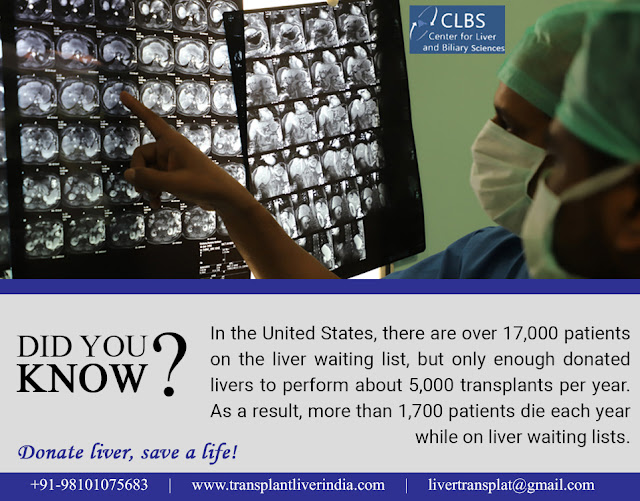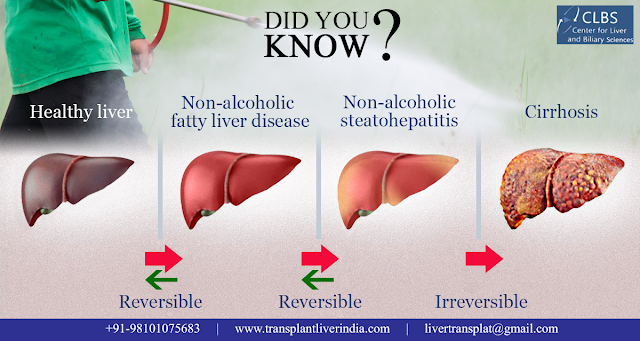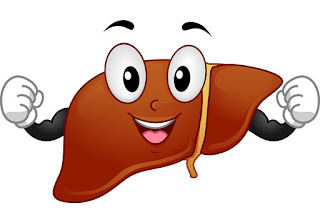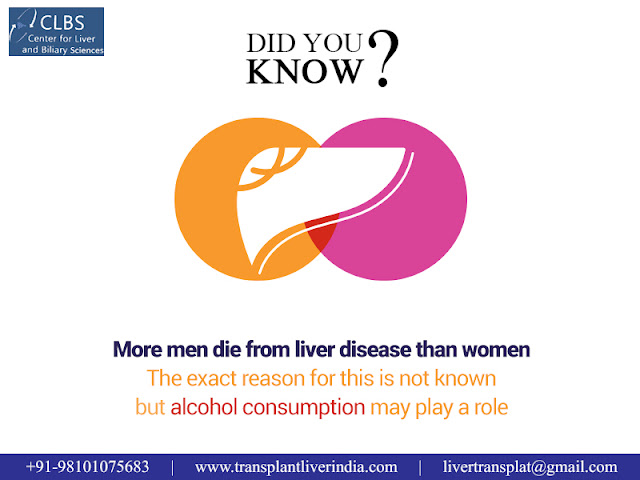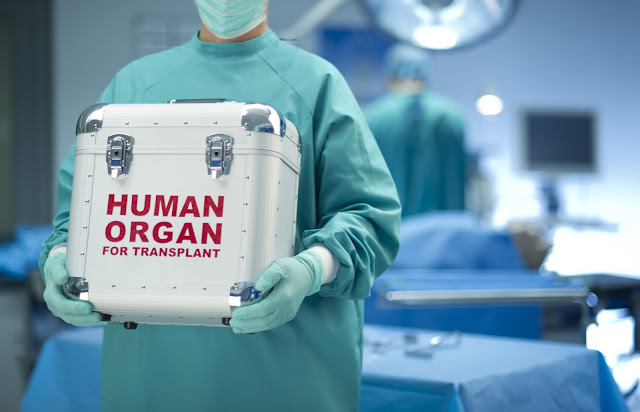 |
| Liver Cirrhosis |
Cirrhosis is the scarring of the liver – hard scar tissue replaces soft healthy tissue. It is caused by swelling and inflammation. If cirrhosis is not treated, the liver will fail and will not be able to work well or at all. Each time the liver
is injured, it tries to repair itself. In the process, scar tissue
forms. As cirrhosis progresses, more and more scar tissue form, making
it difficult for the liver to function.
Causes of Liver Cirrhosis
Chronic Alcoholism
Drinking too much alcohol can cause the liver to swell, which over time can lead to cirrhosis.
Chronic Viral Hepatitis
Hepatitis C causes the liver to swell, which over time can lead to cirrhosis.Chronic hepatitis B and hepatitis D also can cause cirrhosis.
Nonalcoholic steatohepatitis
Fat build up in the liver that is not caused by alcohol use, is called Non-Alcoholic Fatty Liver Disease (NAFLD), which can lead to nonalcoholic steatohepatitis (NASH). NASH can cause the liver to swell and can lead to cirrhosis. People with NASH often have other health issues including diabetes, obesity, high cholesterol, coronary artery disease and poor eating habits.
Genetic diseases
Some genetic diseases can lead to cirrhosis. These diseases include Wilson disease, hemochromatosis, glycogen storage diseases, Alpha-1 antitrypsin deficiency, and autoimmune hepatitis.
What are the symptoms and complications of Liver Cirrhosis?
There are usually no symptoms of cirrhosis in its early stage. Over time, cirrhosis may cause symptoms and complications:
Symptoms
- Loss of appetite
- Tiredness
- Nausea
- Weight loss
- Abdominal pain
- Spider-like blood vessels
- Severe itching
Complications
- Jaundice, a yellow discoloration of the skin and whites of the eyes
- Bruising and bleeding easily
- Fluid build up and painful swelling of the legs (edema) and abdomen (ascites)
- Hepatic Encephalopathy (HE), a buildup of toxins in the brain that causes confusion, as well as both mental and physical complications
- Liver Cancer
How is Liver Cirrhosis diagnosed?
Cirrhosis is diagnosed by blood tests, medical history, and physical examination. A liver biopsy may be needed to check how much of the liver has been damaged. During a biopsy, a small piece of liver tissue is removed and studied in the lab, and additional imaging may be needed.
How is Liver Cirrhosis treated?
Treatment options for cirrhosis depend on the cause and the level of liver damage. Depending on the disease causing cirrhosis, medications or lifestyle changes may be used for treatment. The goals of treatment are to prevent further liver damage and reduce complications.
When cirrhosis cannot be treated, the condition is known as End-Stage Liver Disease, It is generally irreversible with medical treatment. The only treatment required Liver Transplant.
When cirrhosis cannot be treated, the condition is known as End-Stage Liver Disease, It is generally irreversible with medical treatment. The only treatment required Liver Transplant.
What’s the best way to manage Liver Cirrhosis?
It is possible to prevent further liver damage with proper management of cirrhosis.
- Maintain a healthy lifestyle (eat a healthy diet and exercise regularly)
- Limit salt in your diet to prevent or reduce fluid buildup
- Avoid raw shellfish
- Stop drinking alcohol
- Talk to your doctor about all of the medications, vitamins and supplements you take.
- Talk to your doctor about hepatitis A and hepatitis B vaccinations
- Practice safe sex
- Use clean needles for tattoos or piercings
- Do not share needles, razors, toothbrushes or other personal items with others
If you are suffering from Liver Cirrhosis, and looking for its treatment, Contact our Liver Cirrhosis treatment specialist now. We will get back to you as soon as possible.
